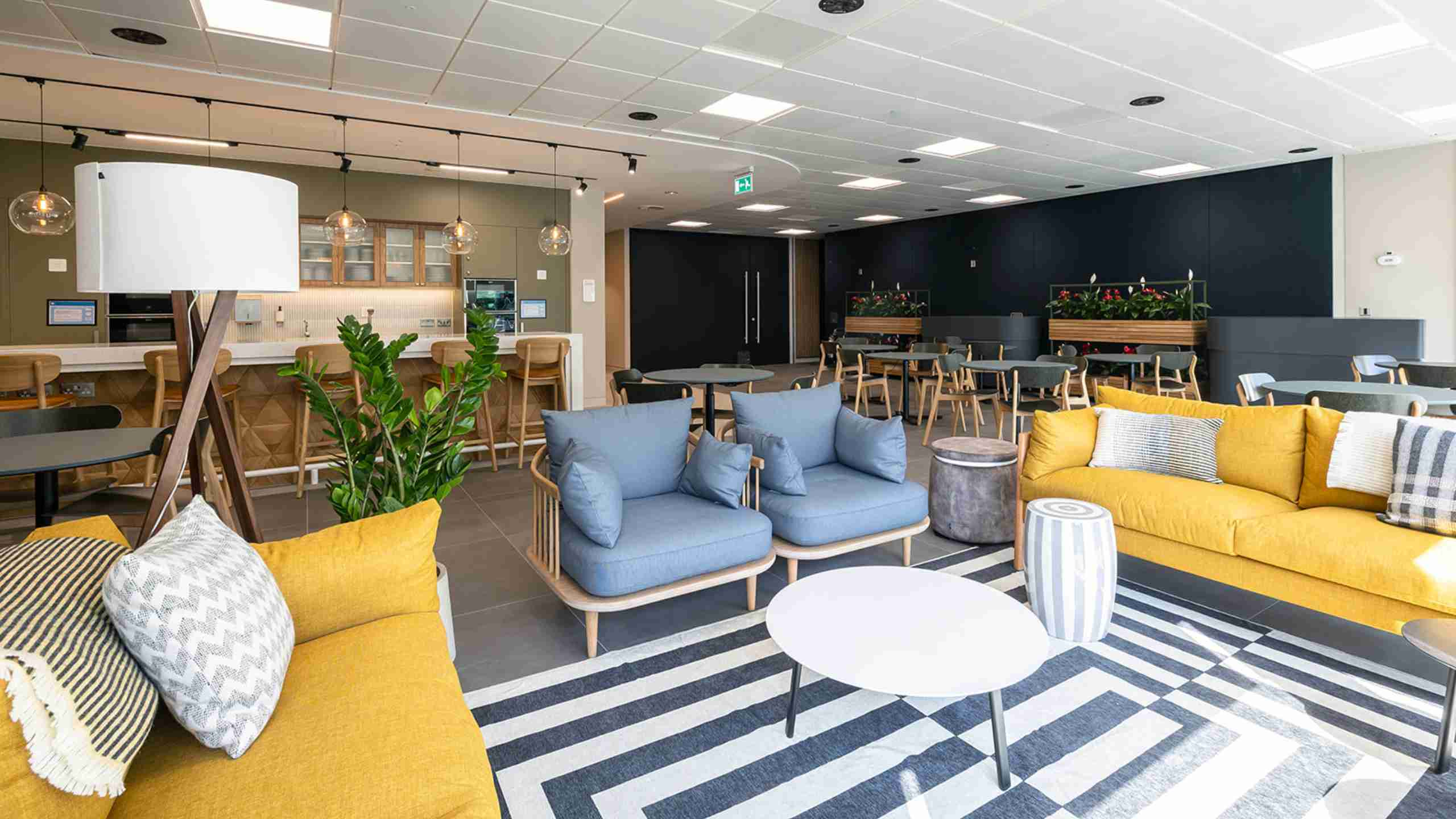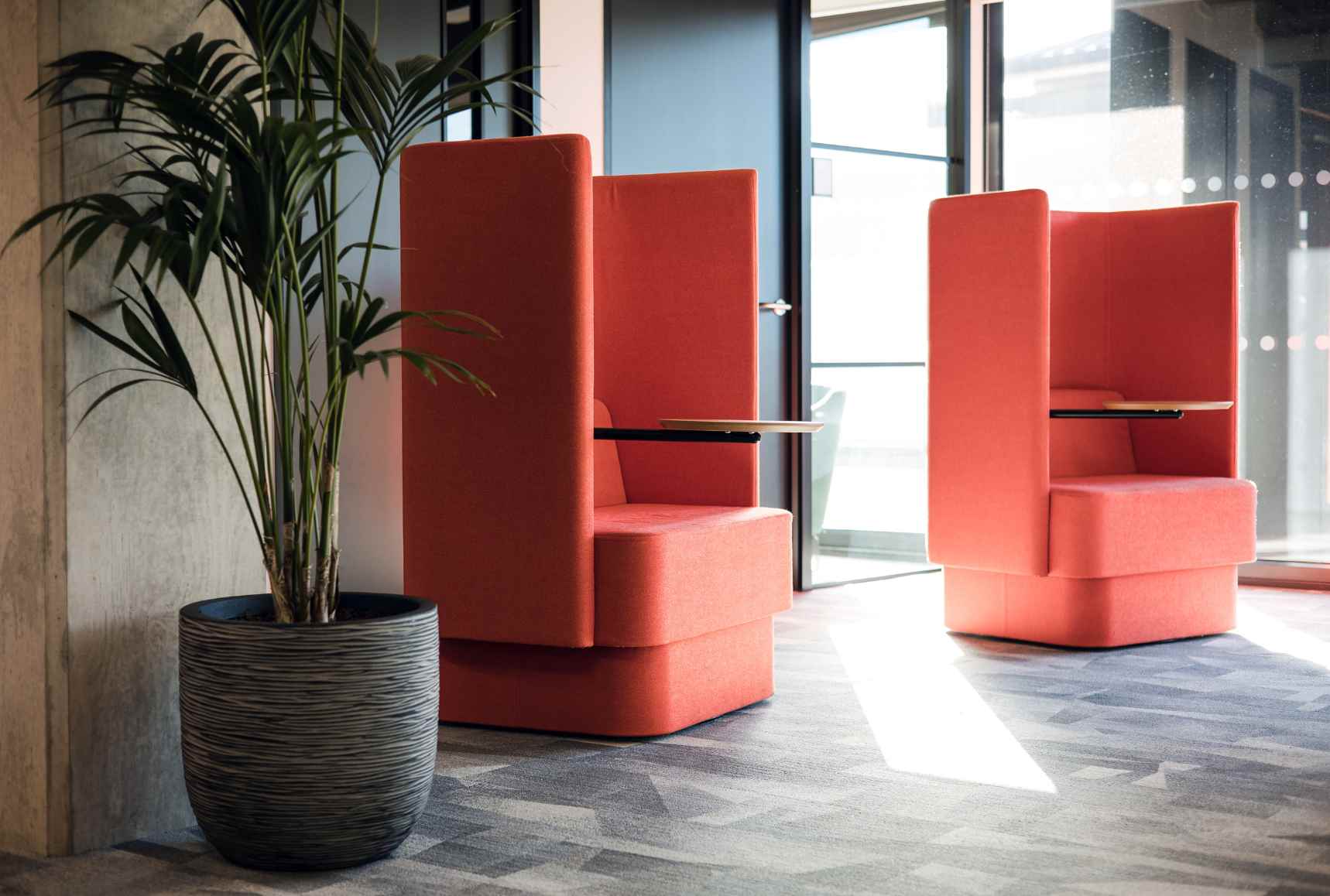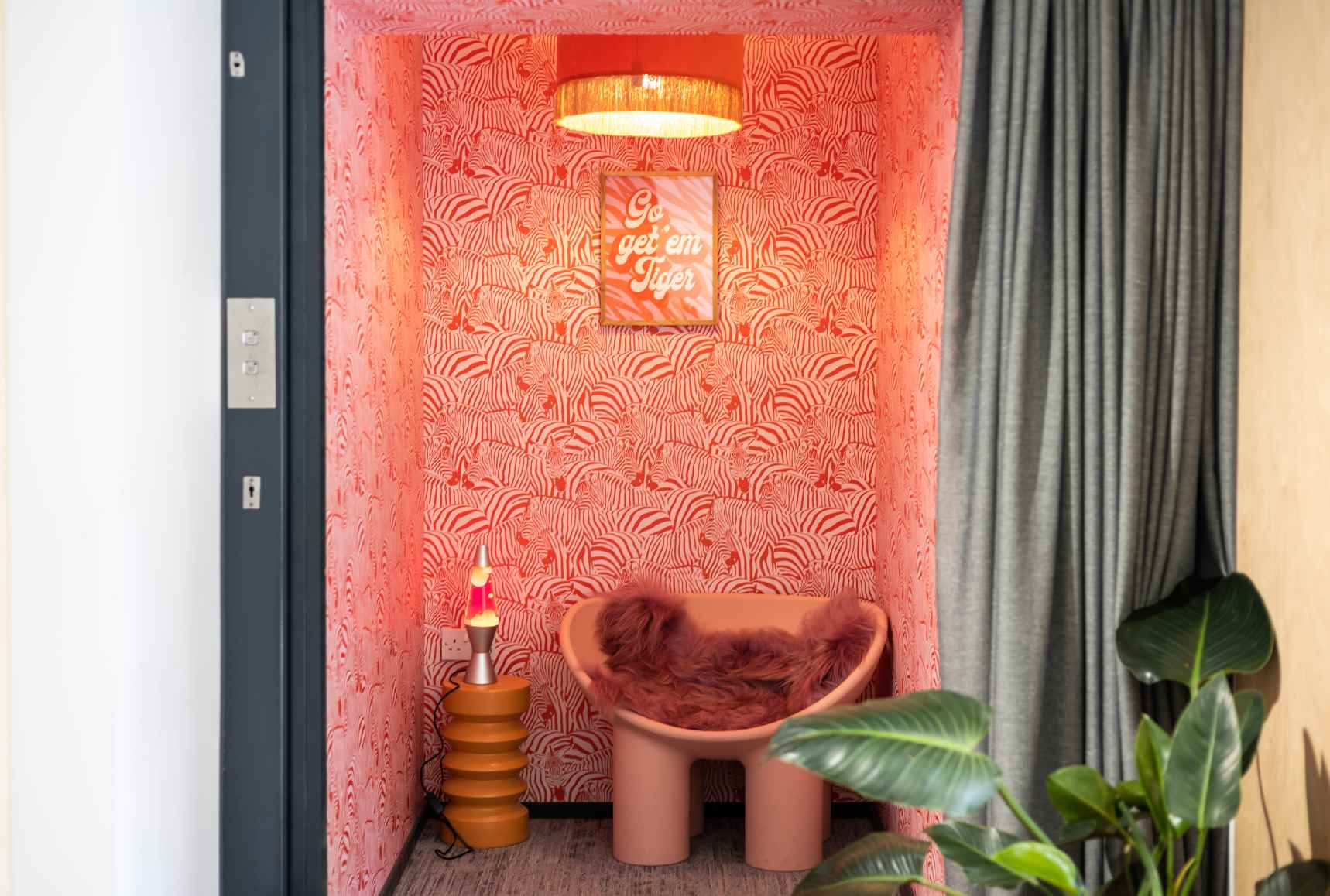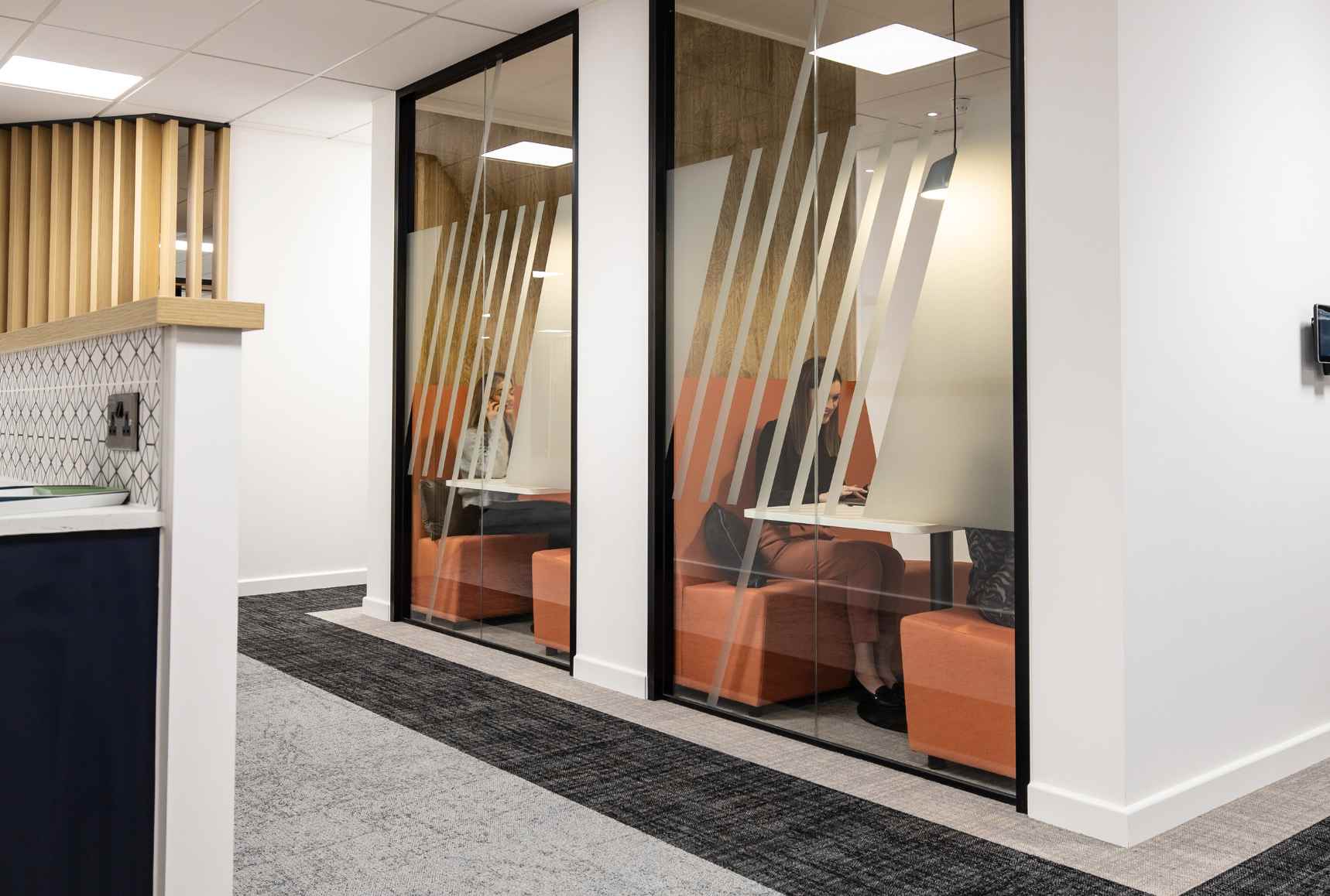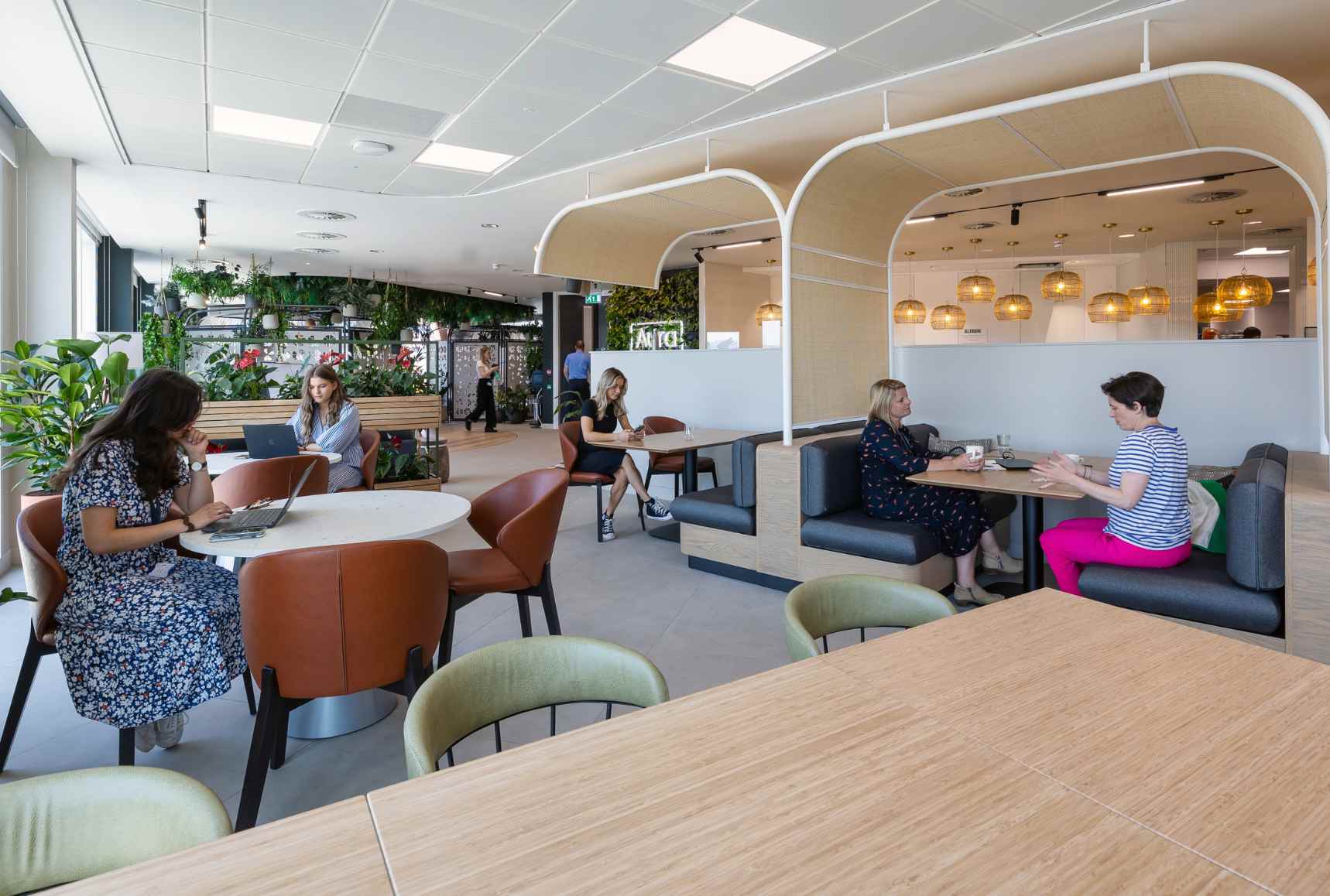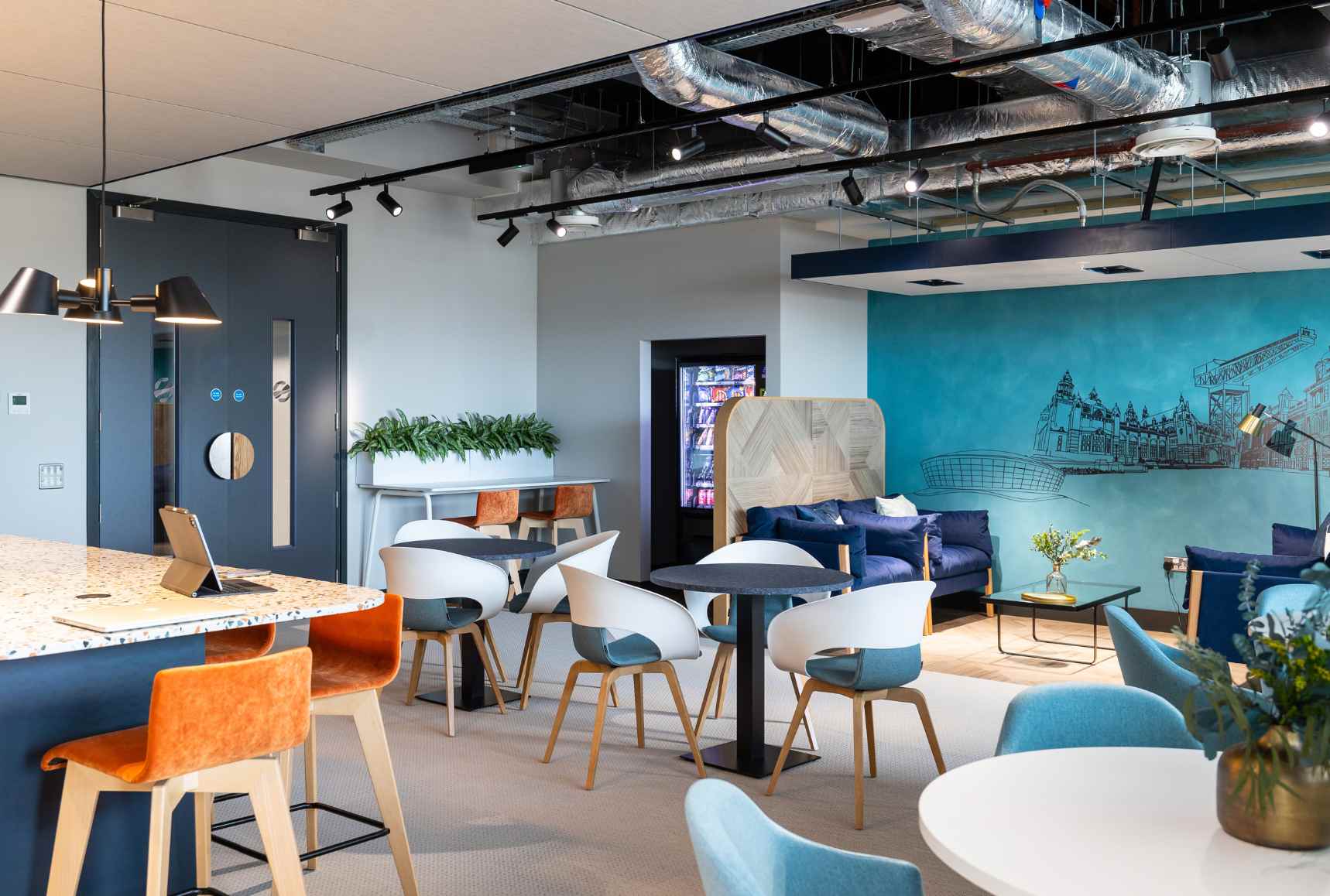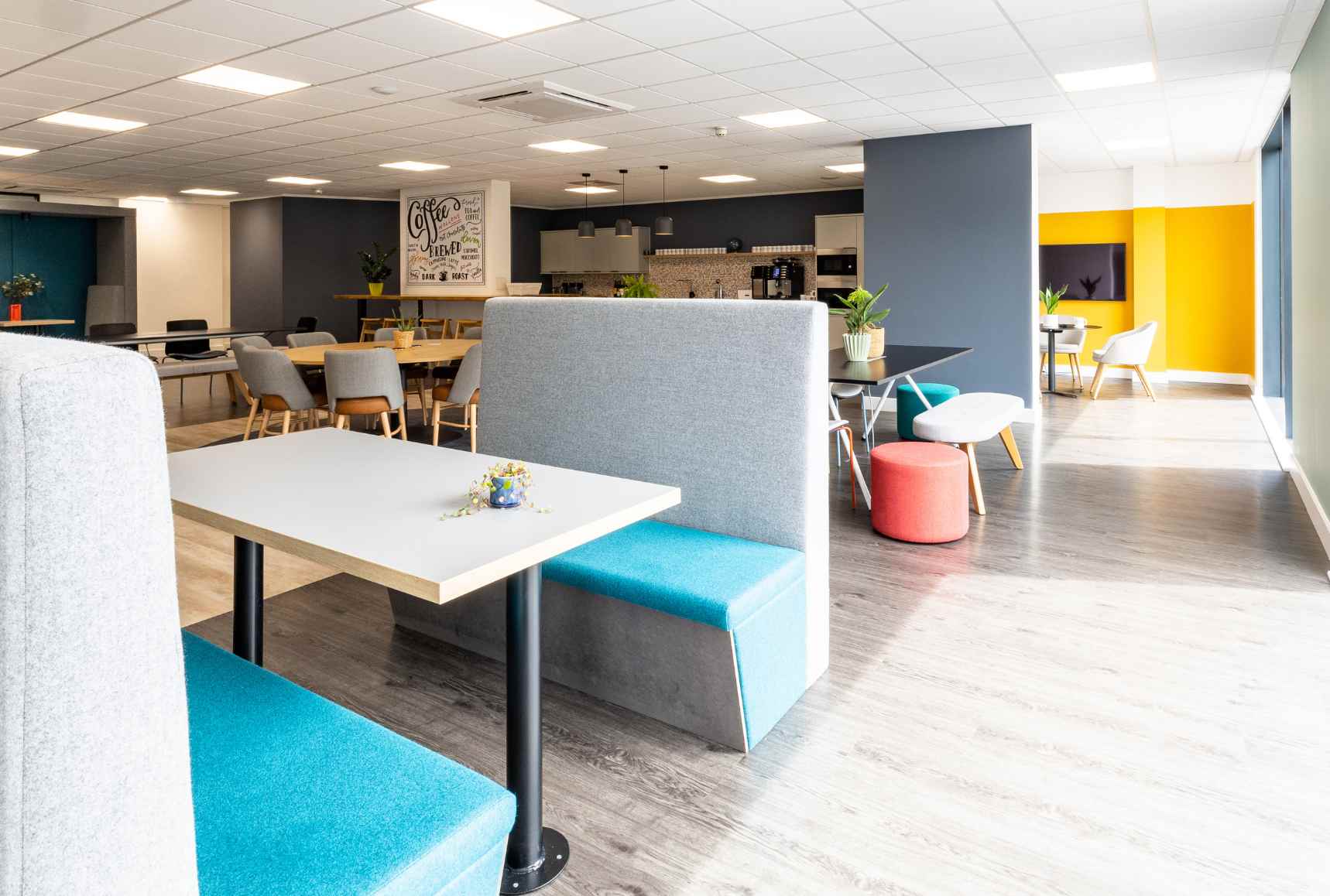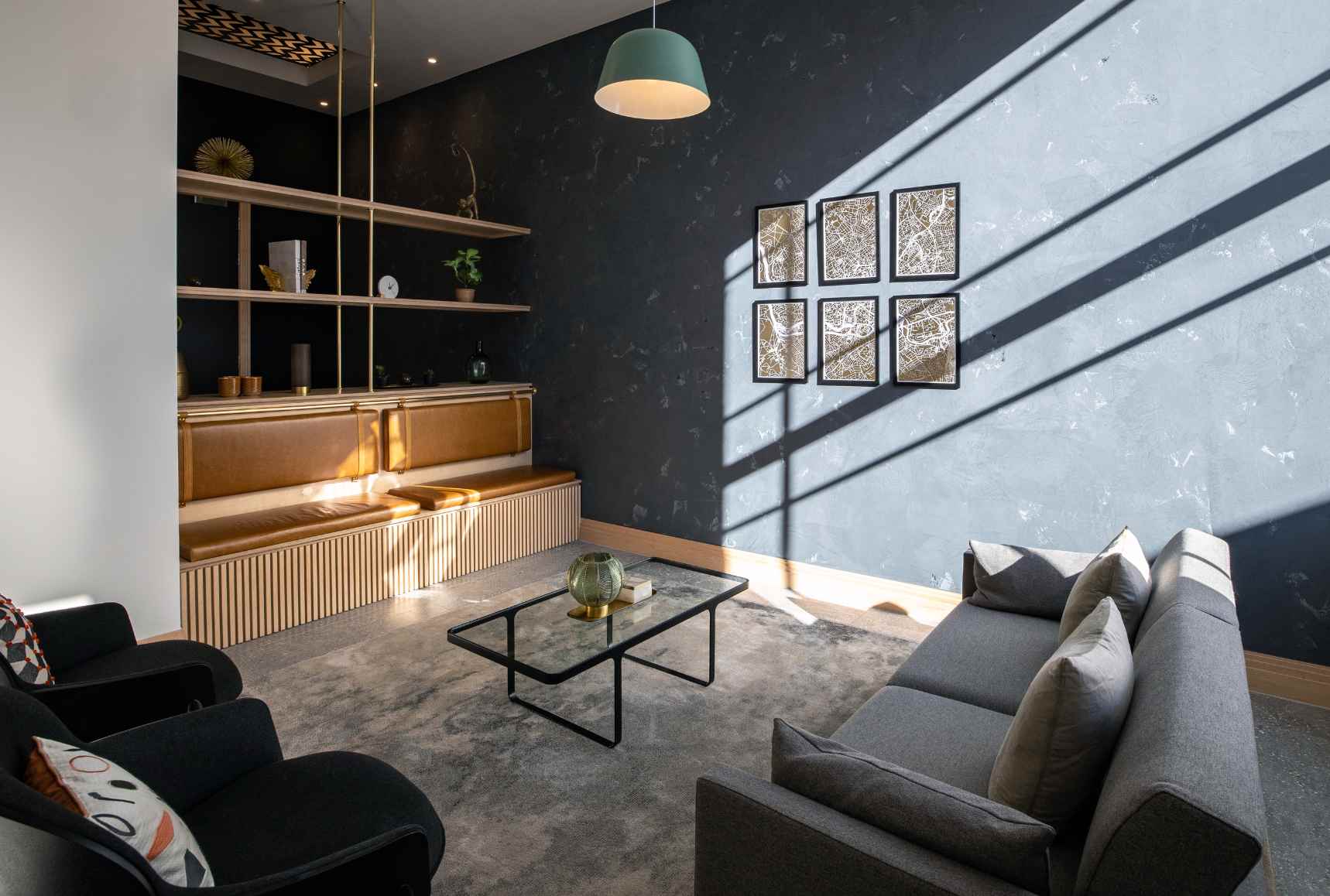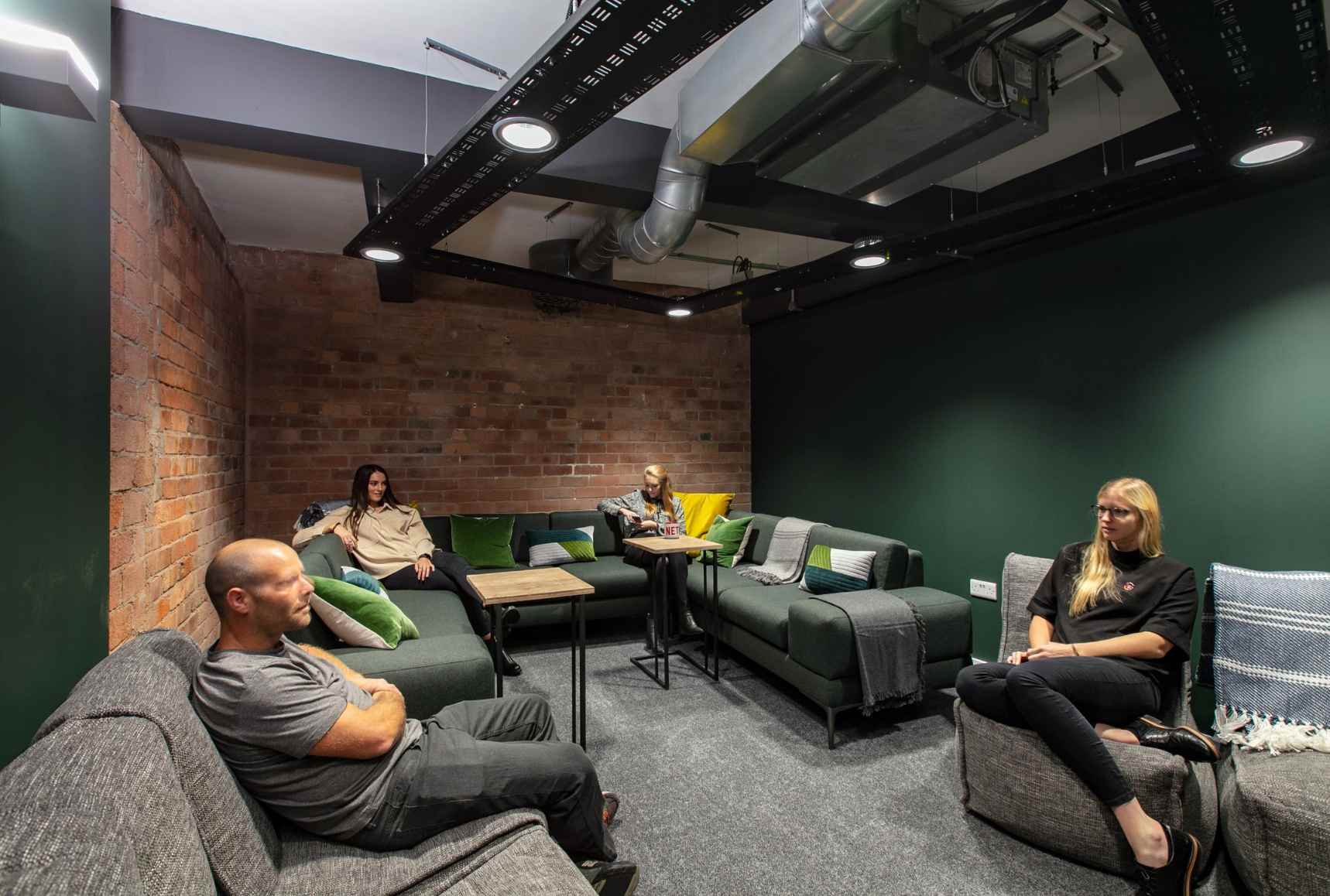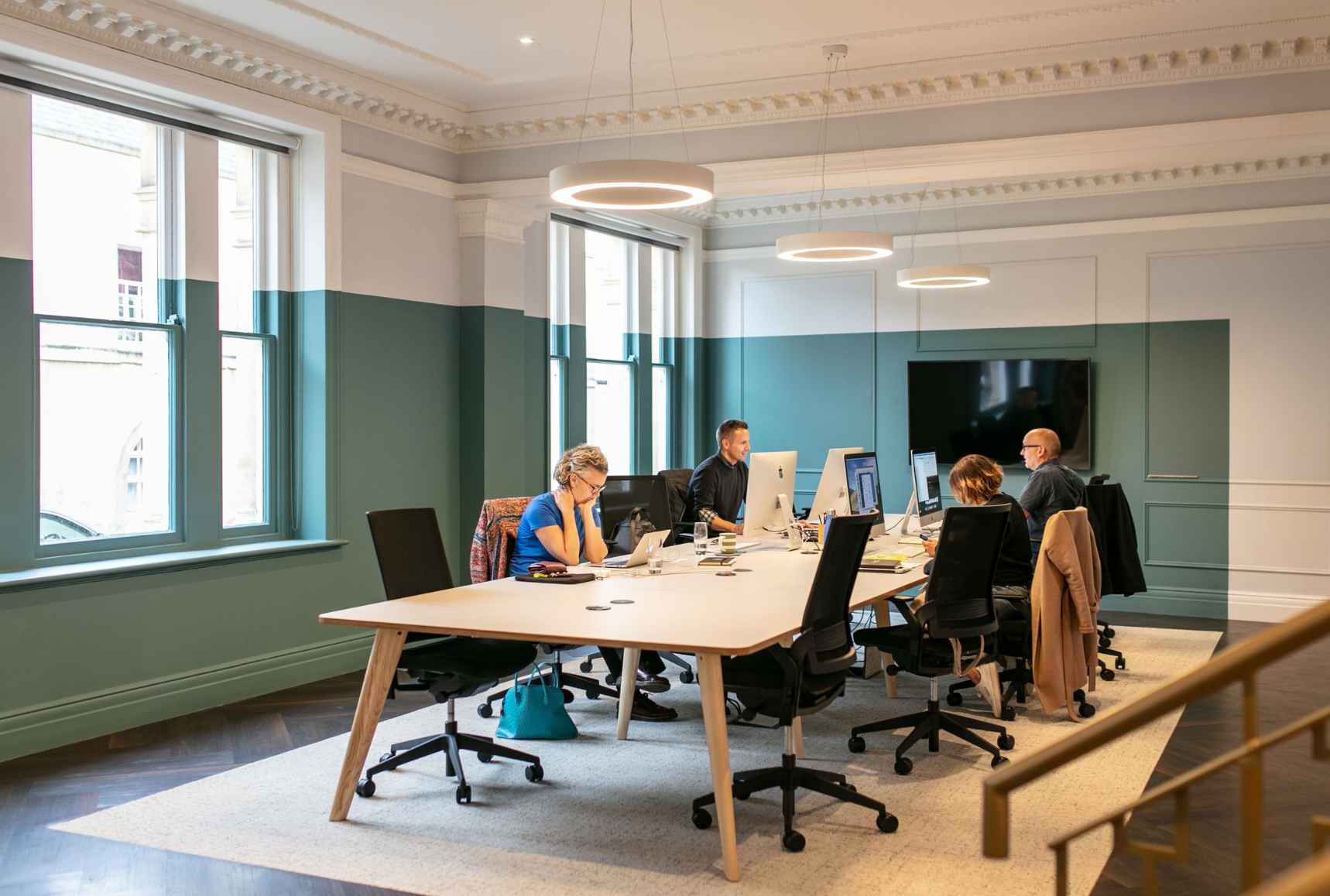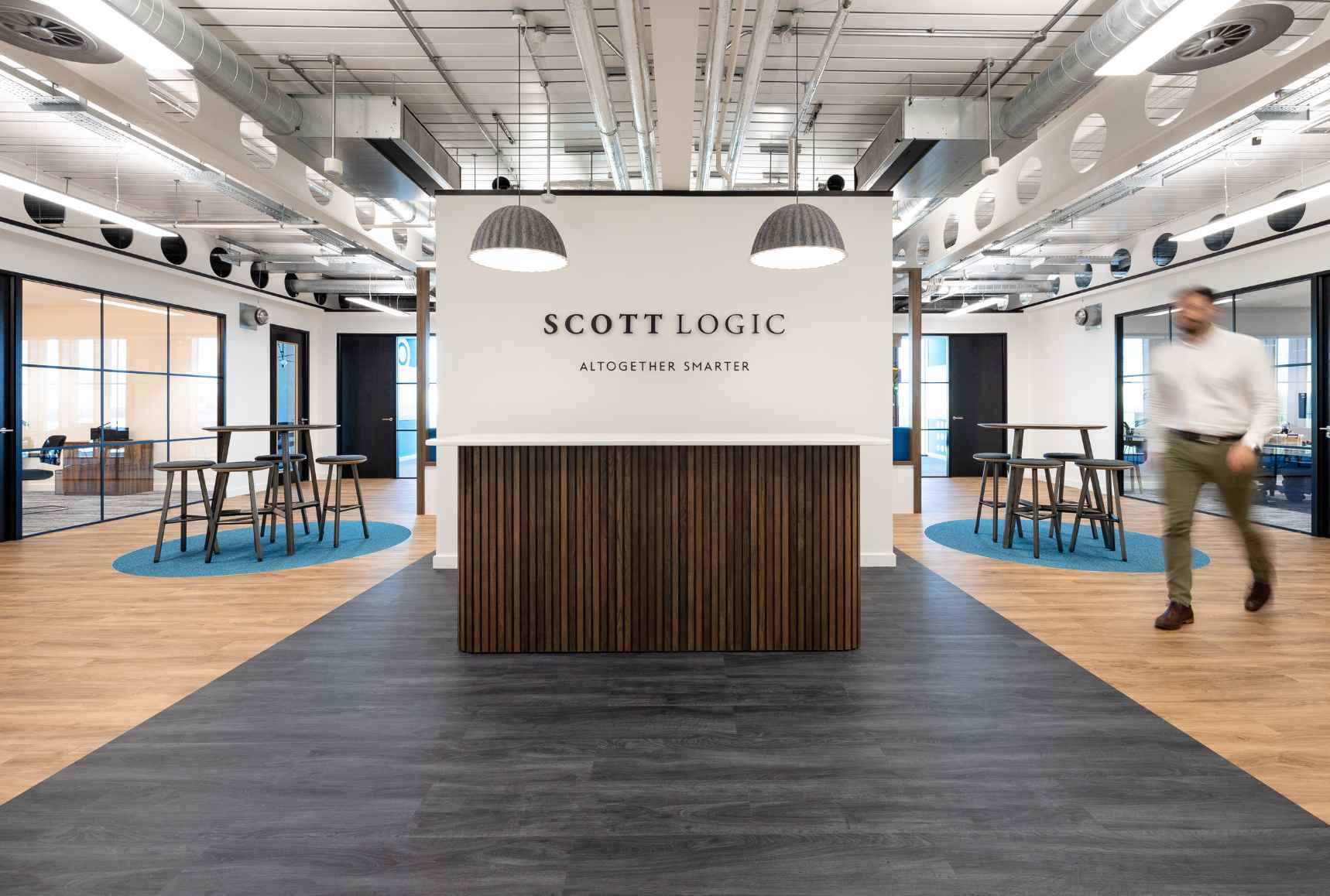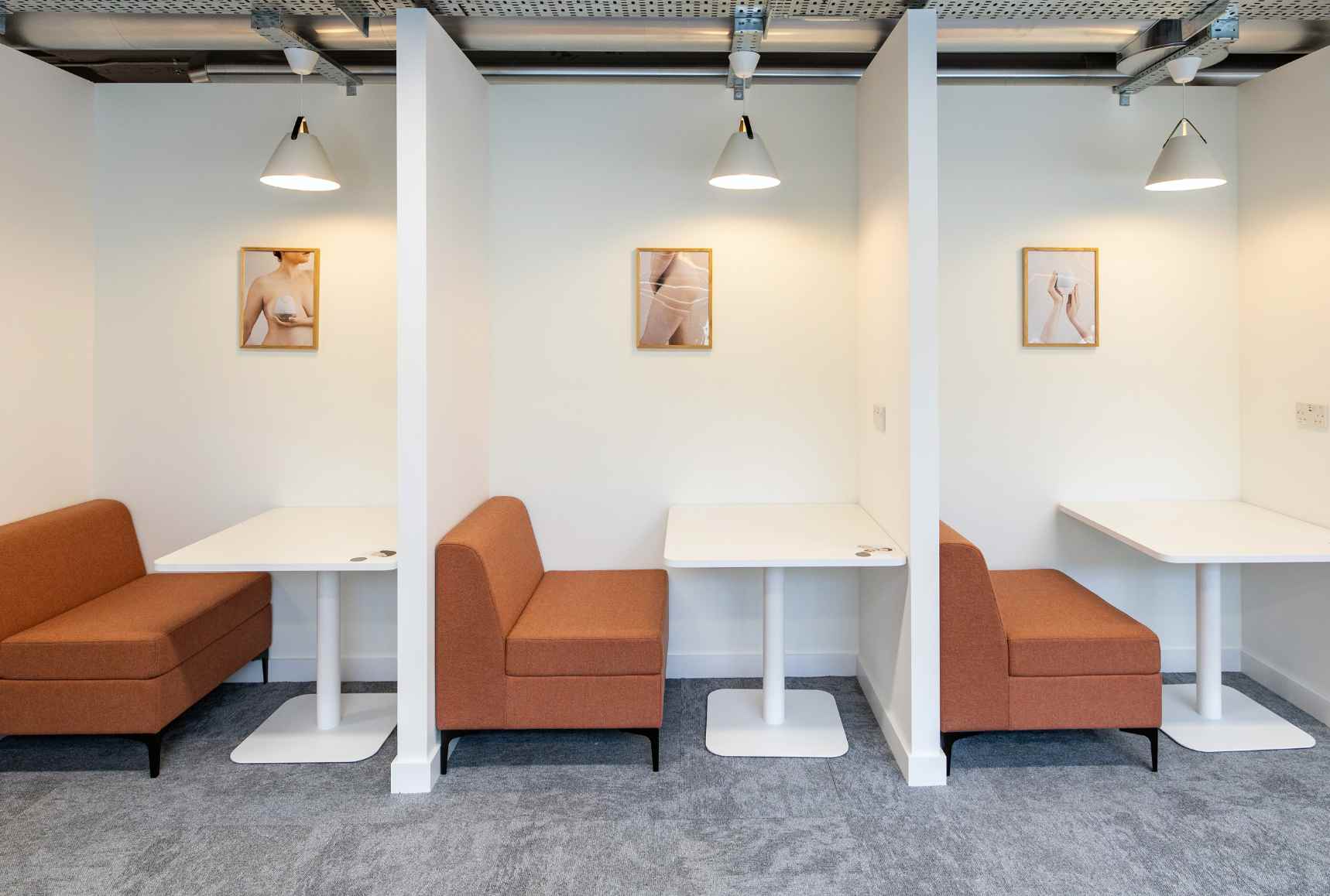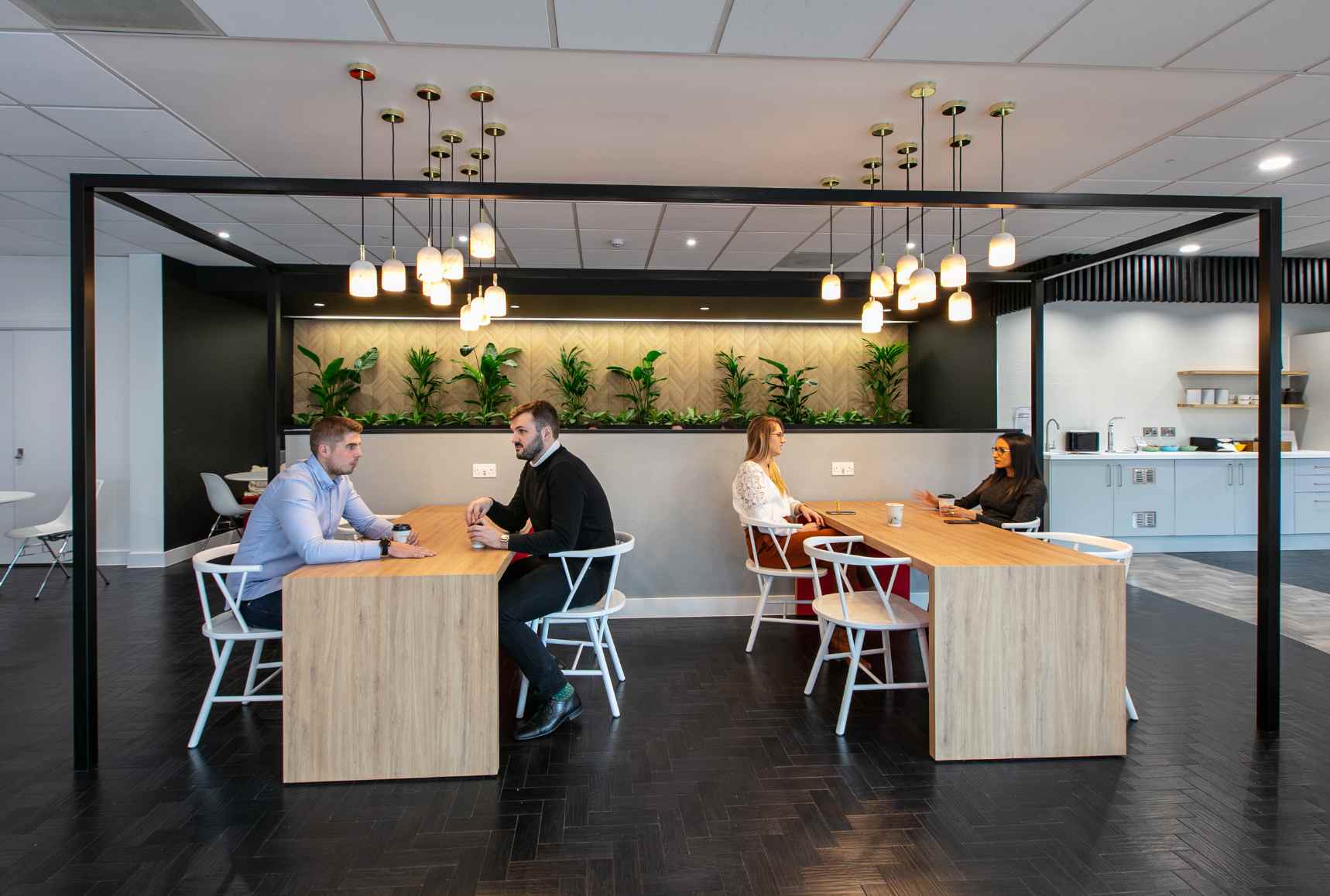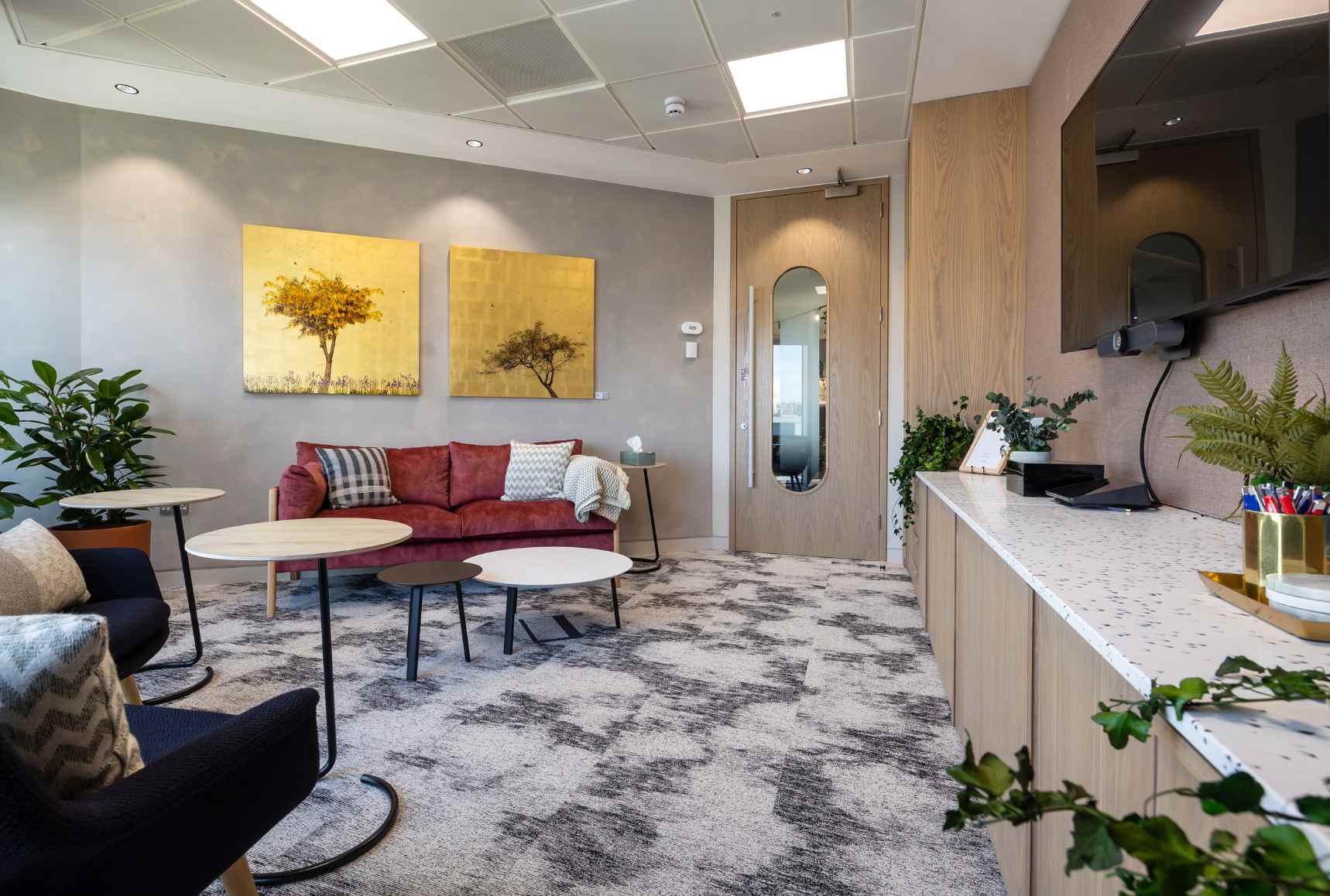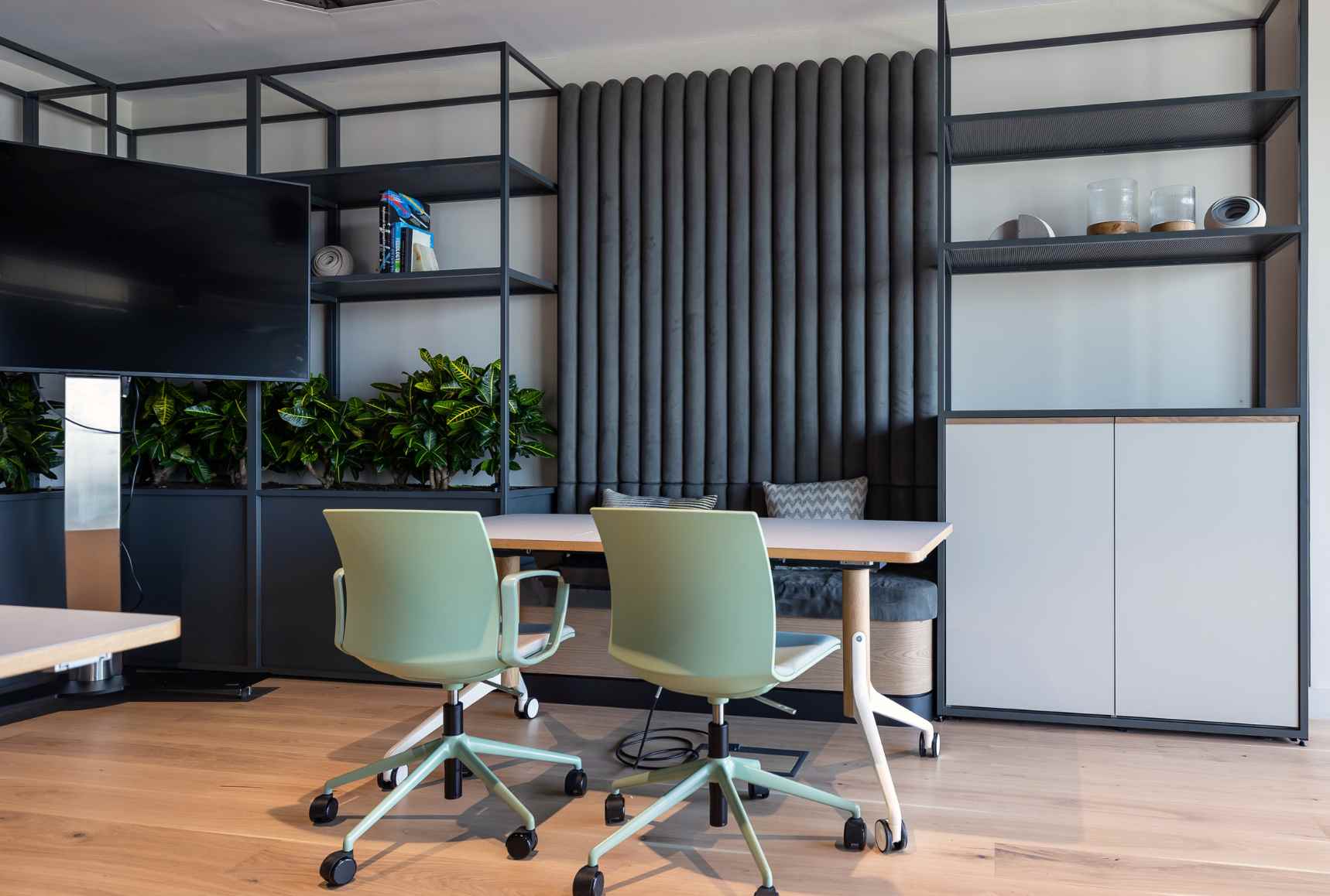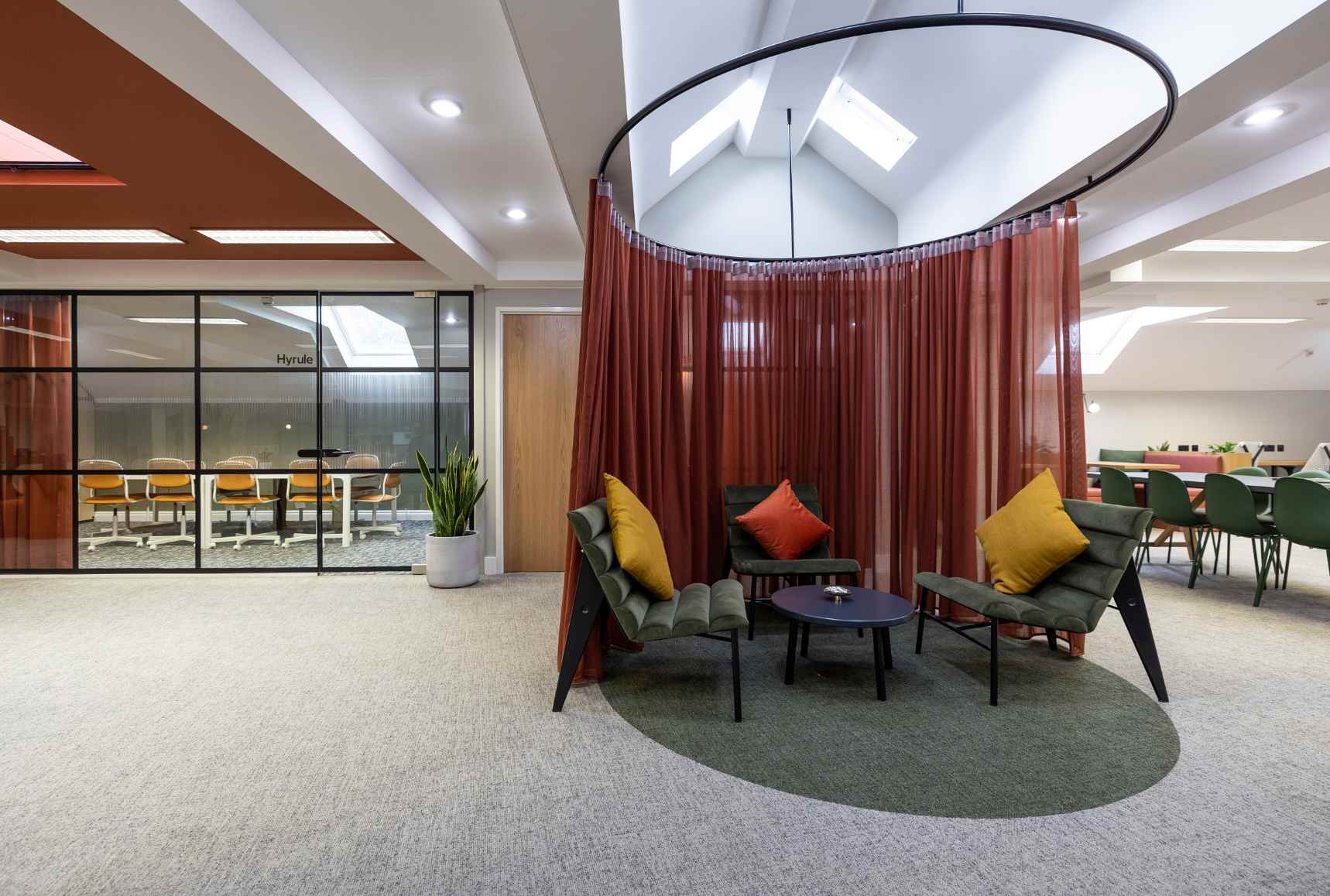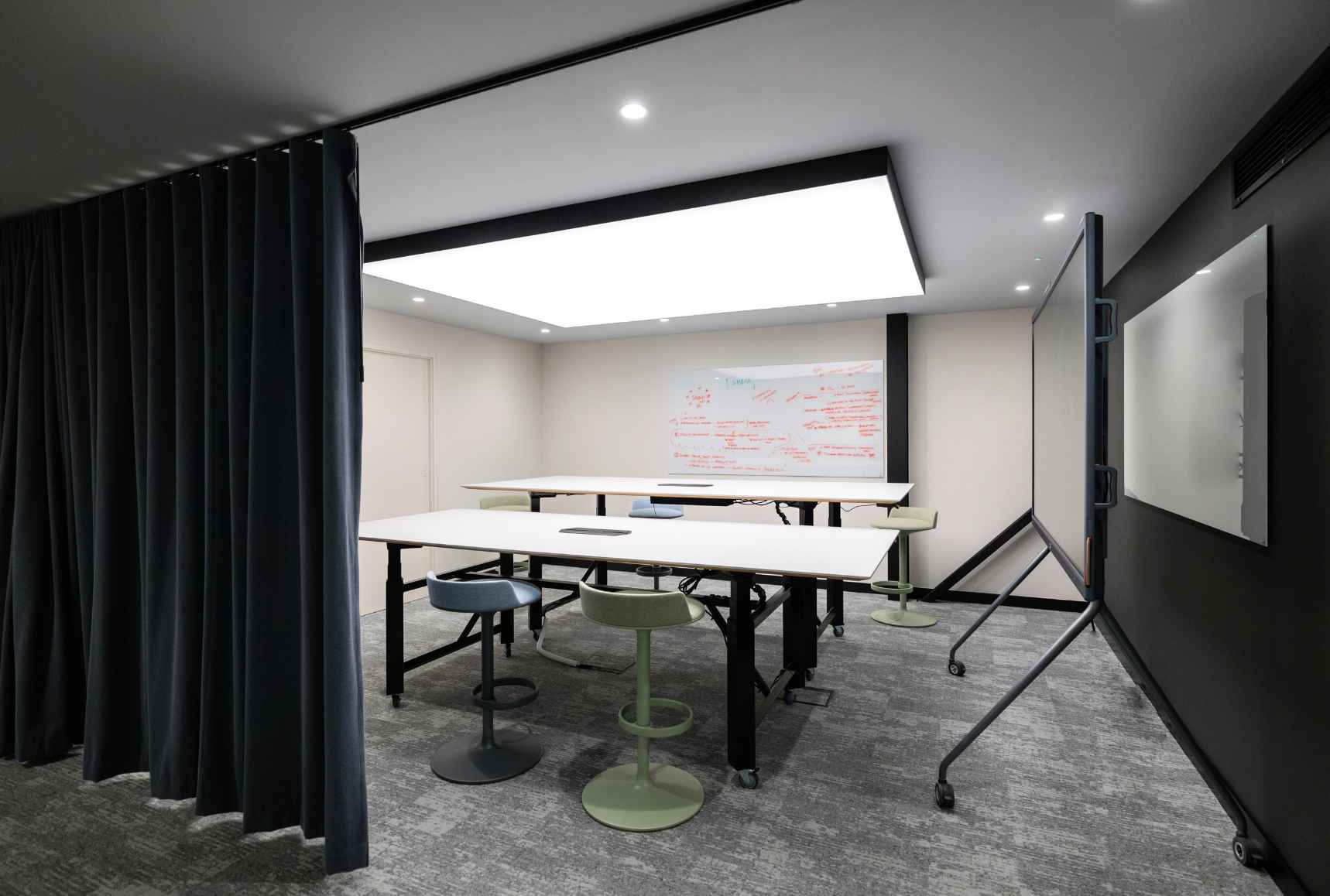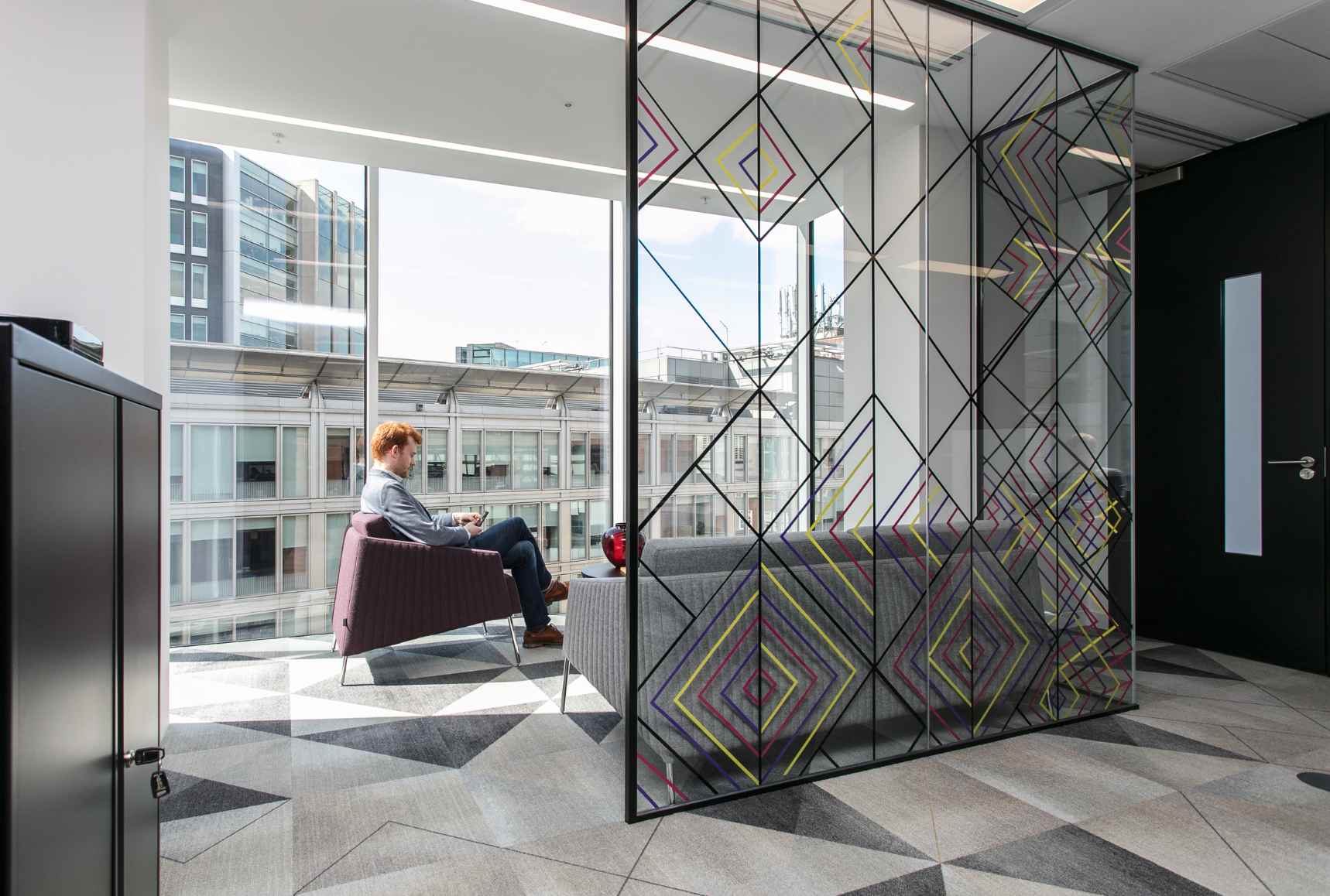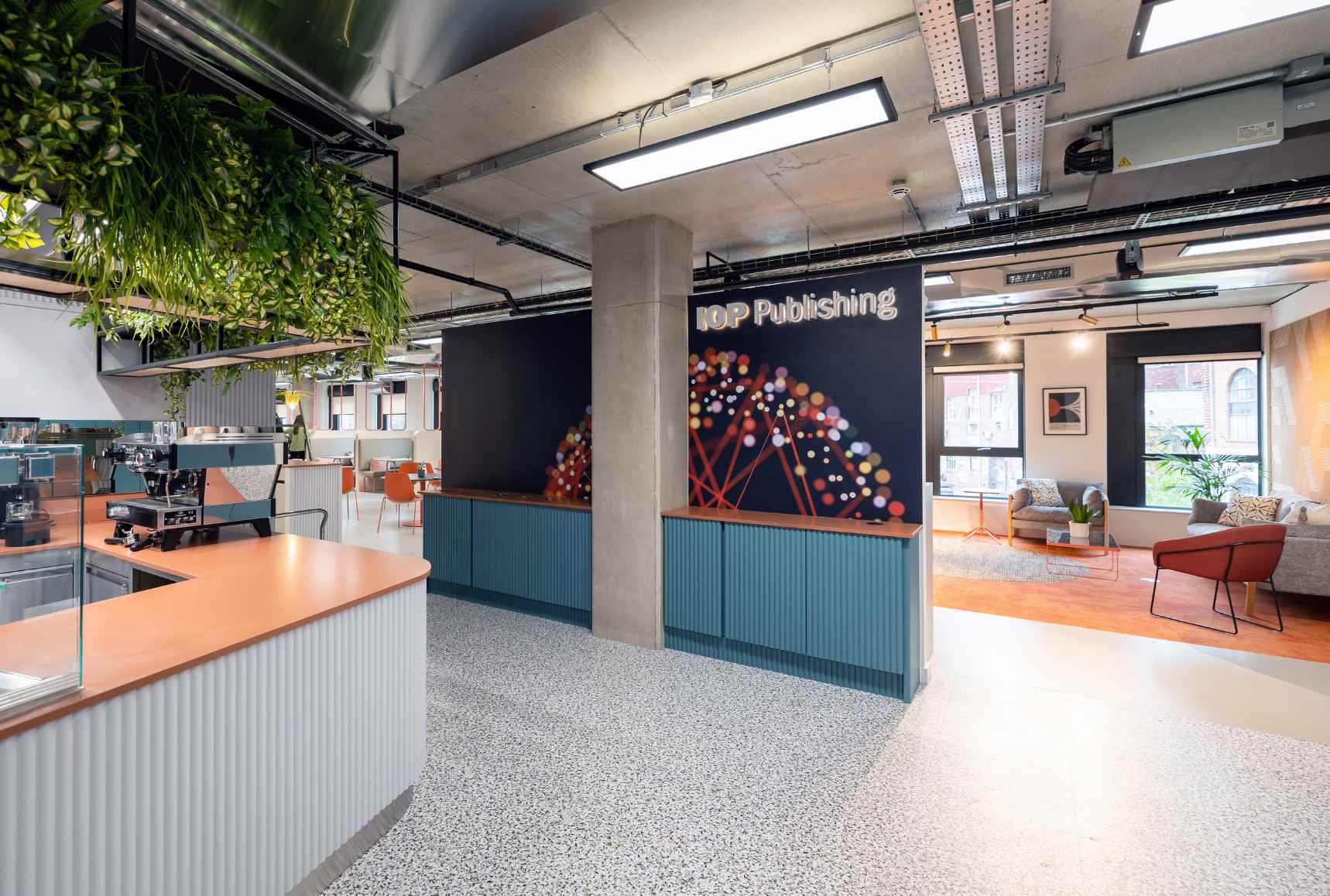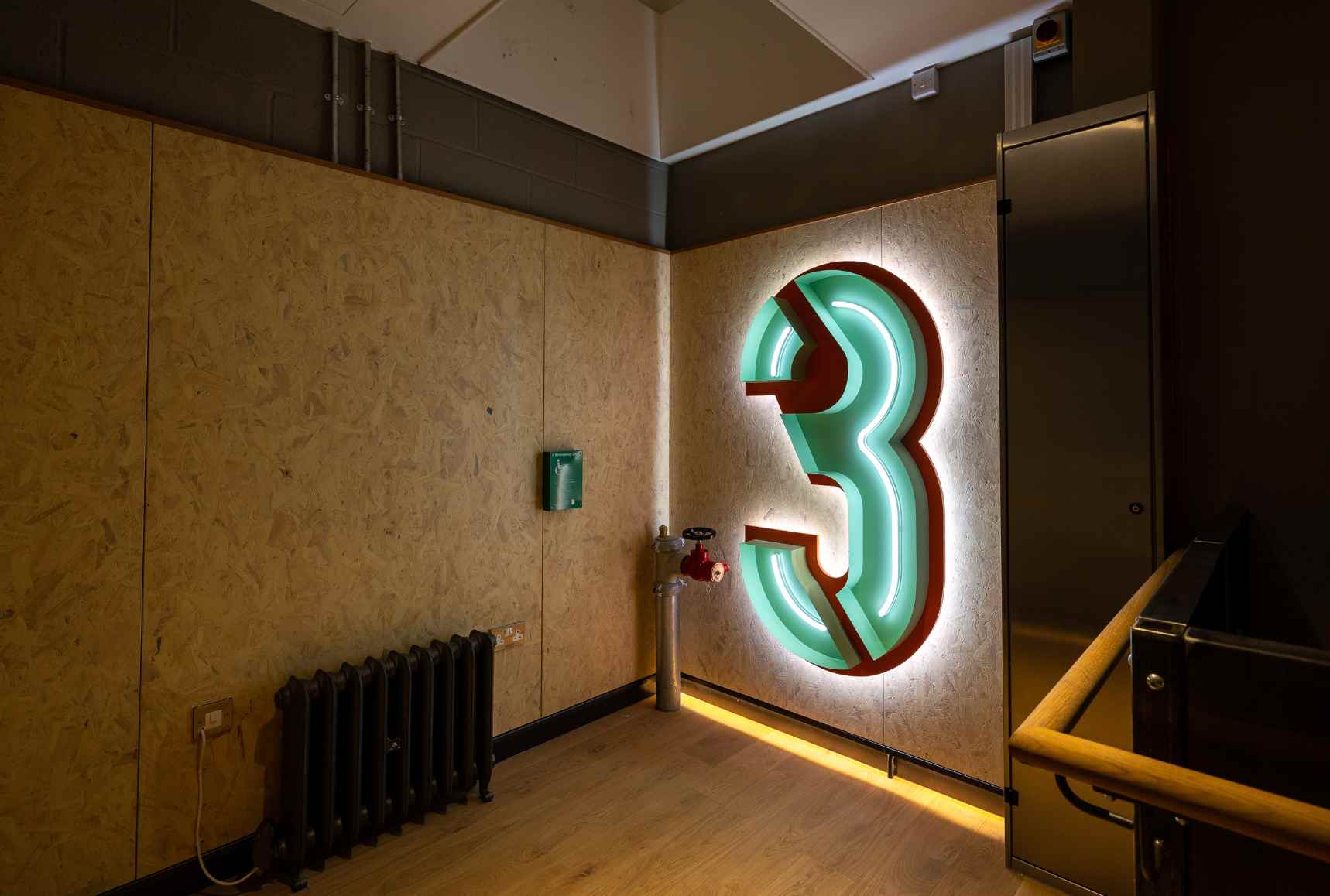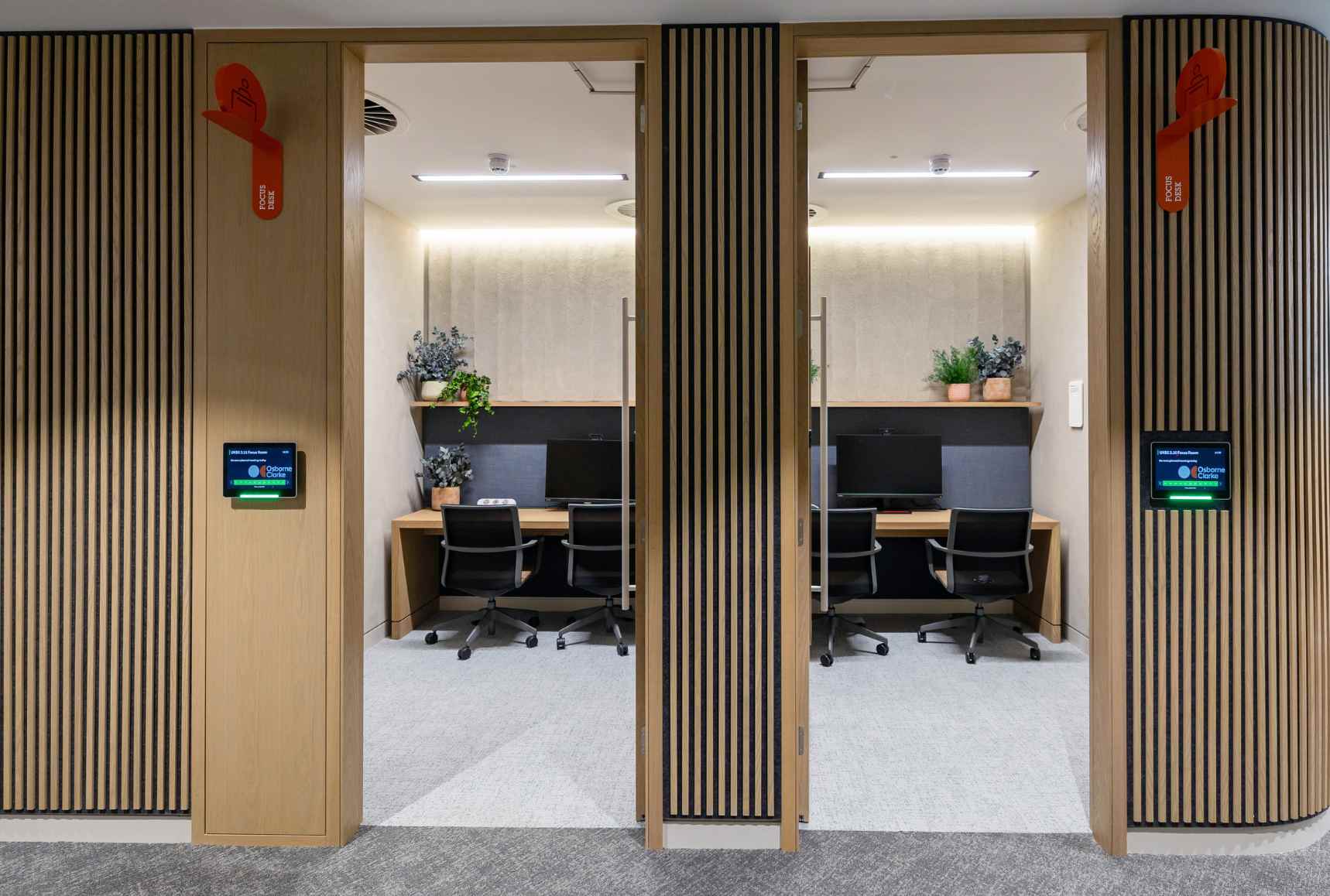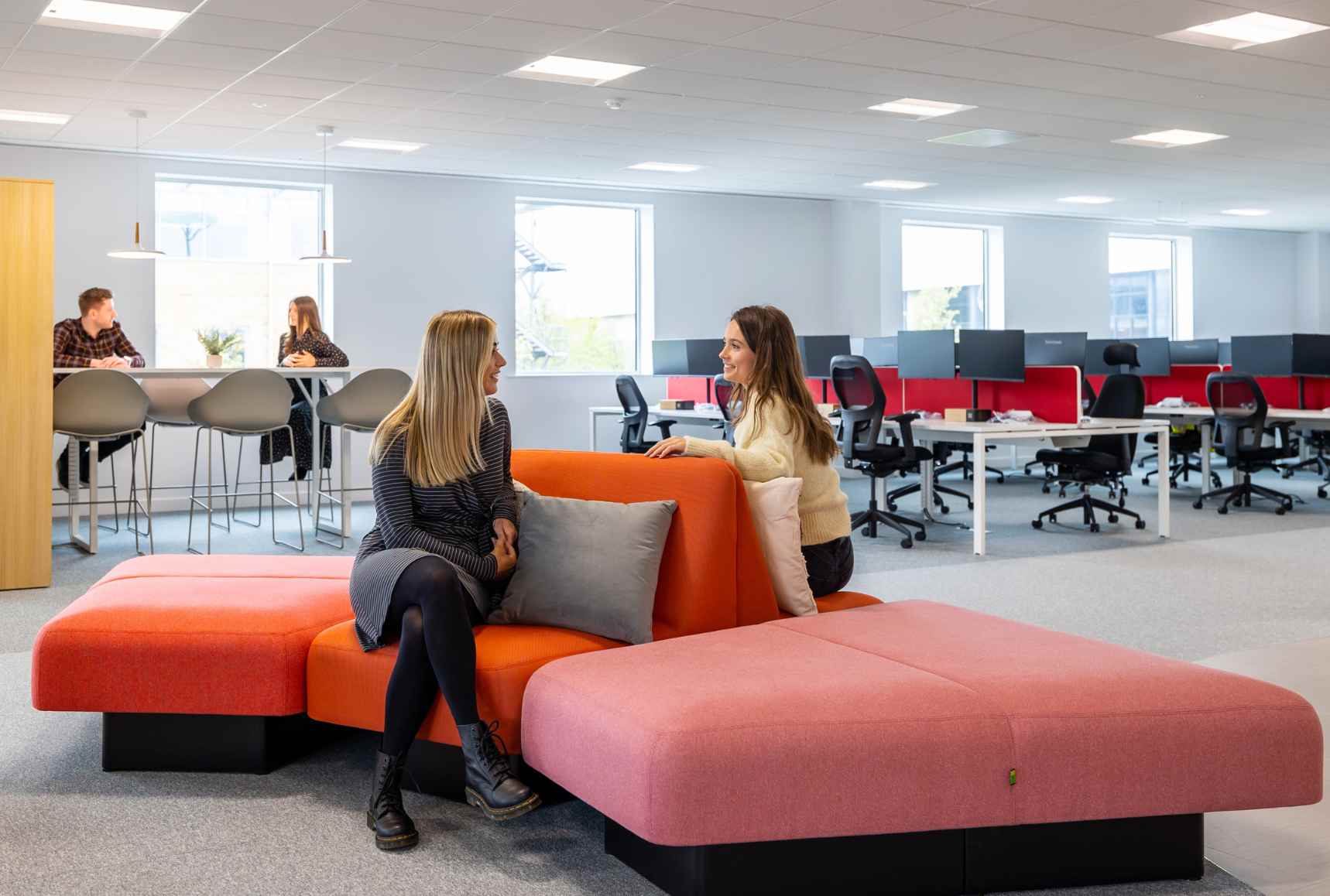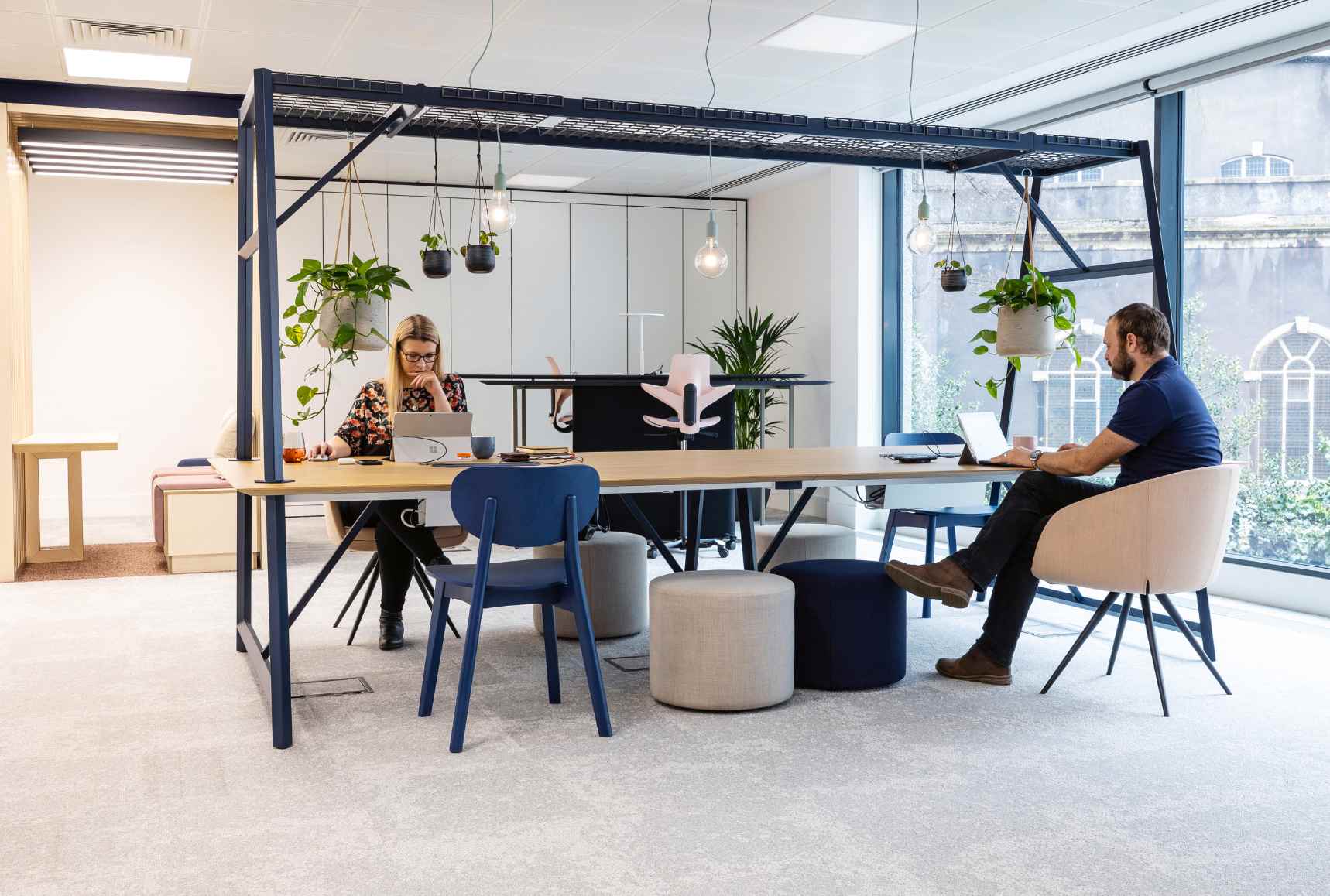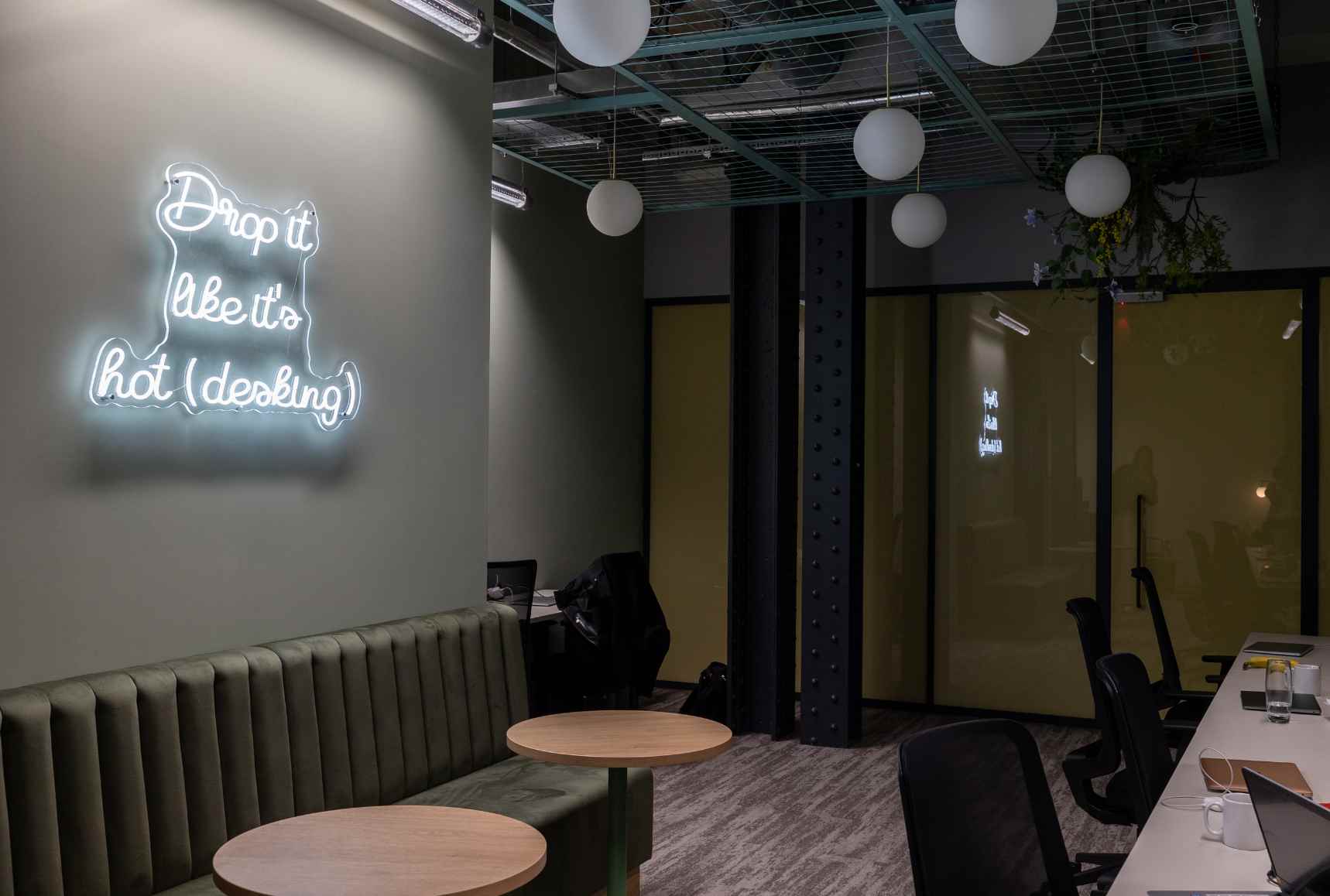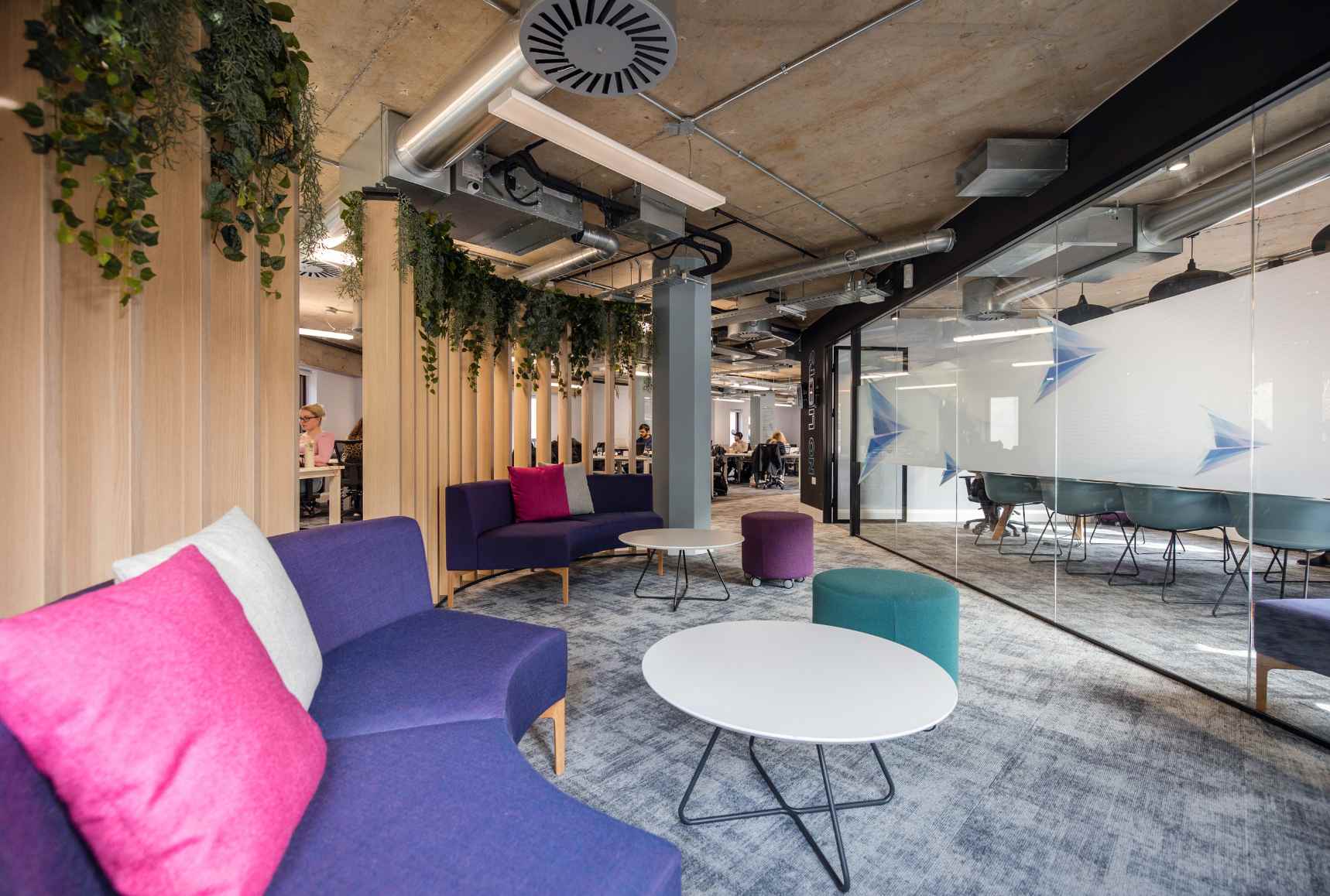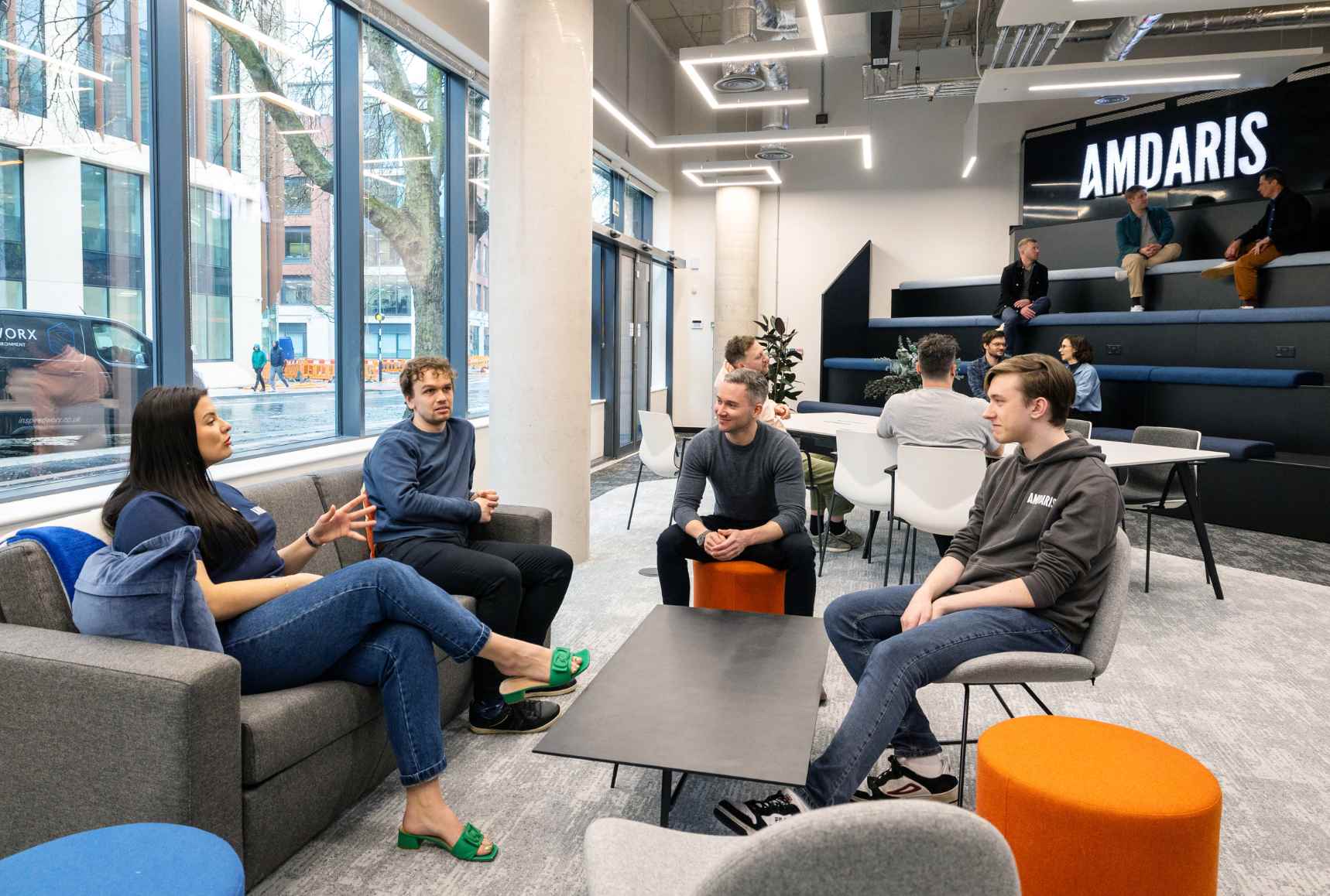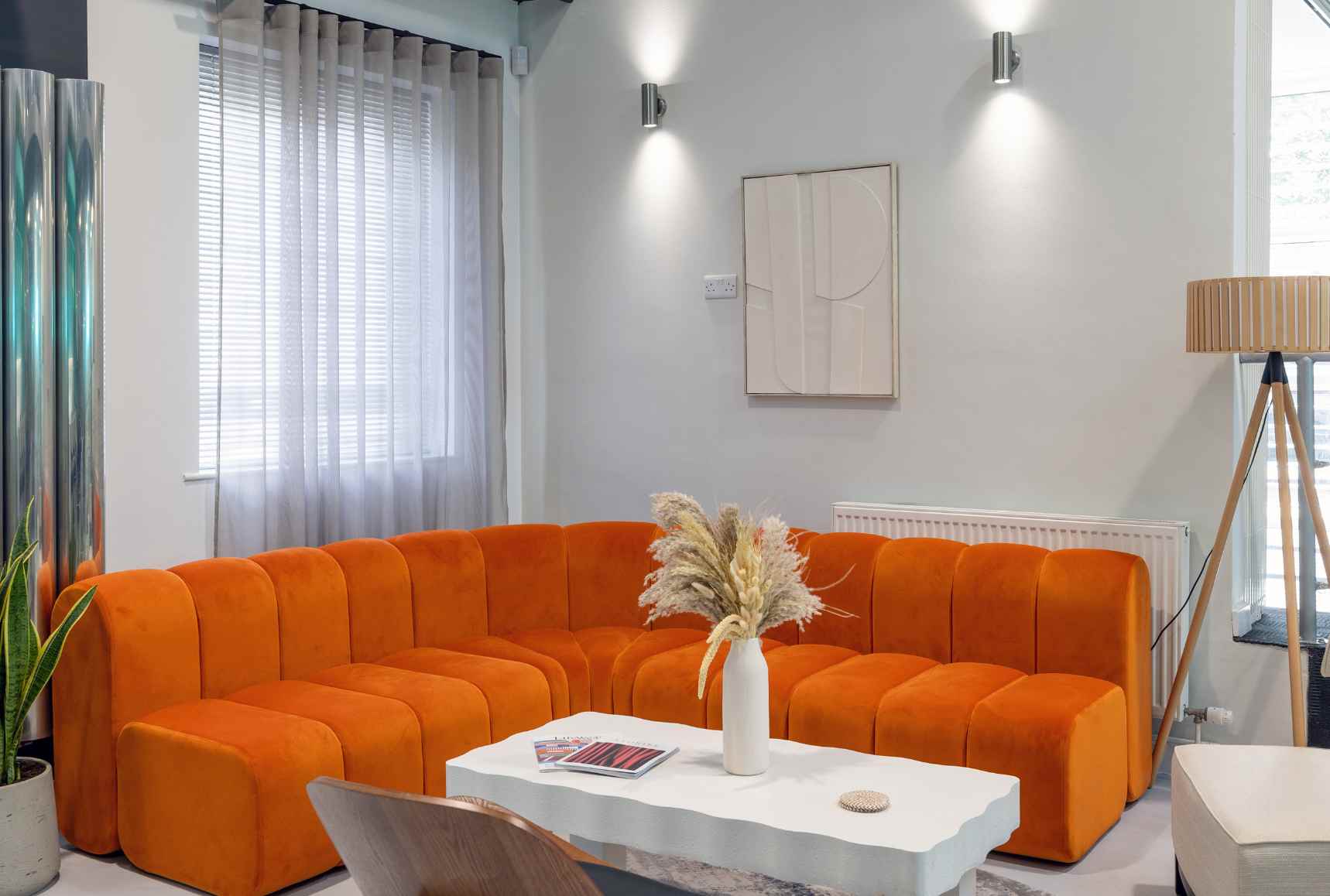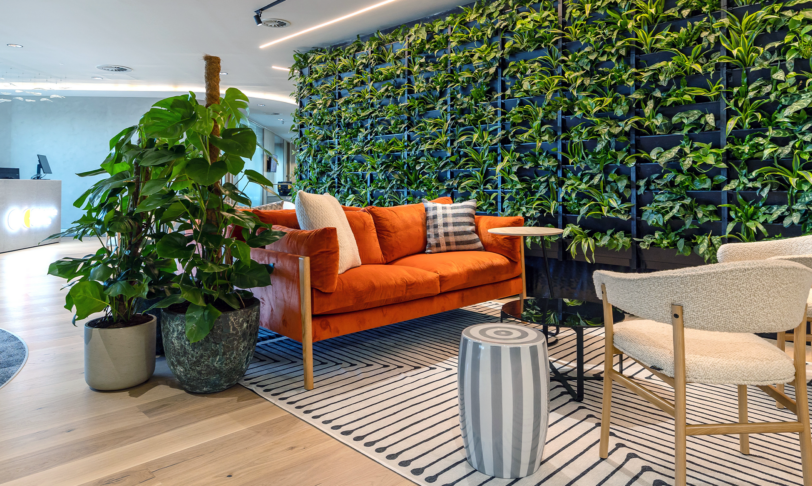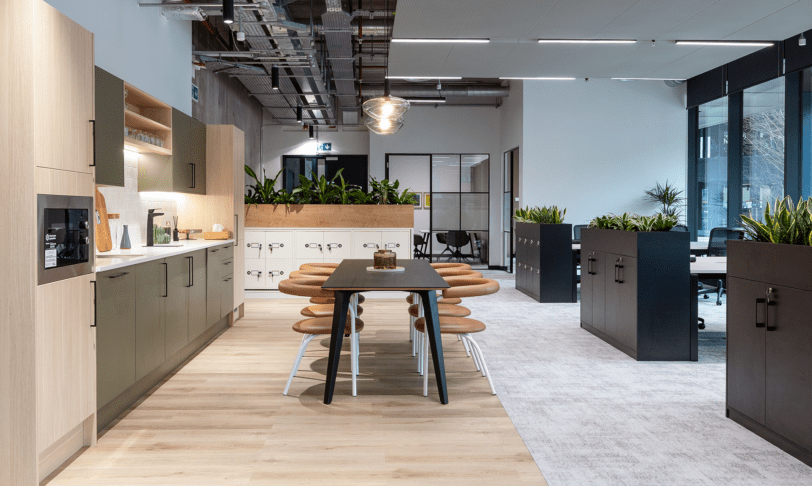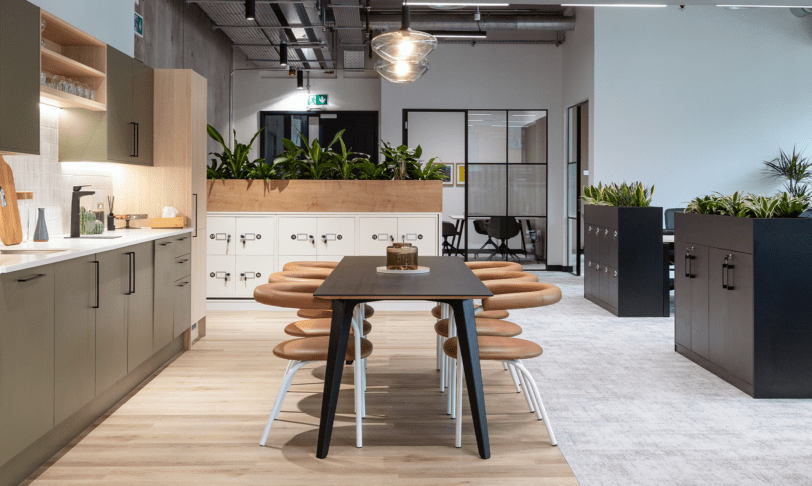Incorporating neurodiversity in workplace strategy and design
Neurodiversity encompasses a wide range of neurological differences and conditions which can affect the way your employees think, learn and interact with the world. As we discuss in ‘the benefits of a neurodiverse workforce’, neurodiverse people can experience different ways of thinking, and unique strengths and skills, which are motivators of business success.
So, we all know just how beneficial having a neurodiverse workforce can be, (Deloitte Australia found that teams can achieve 80% better results when they’re diverse) but how can we best support our neurodiverse employees to feel welcome and comfortable in the workplace through office design?
What exactly do we mean by ‘neurodiversity’ in the workplace?
In the workplace, some of the key neurodiverse conditions to consider include:
- Autism
Autism is a developmental disability which affects people’s social behaviours, according to the National Autistic Society. This lifelong condition can be characterised by strengths in tasks that require attention to detail, structure, and deep focus. People with this condition may also find difficulties with social communication, over-or-under-sensitivity and behaviour. In the UK there are around 700,000 autistic adults and children. - ADHD
Attention deficit hyperactivity disorder (ADHD) can cause people to struggle with concentration and attention. ADHD can also manifest as impulsivity and hyperactivity. In a work setting, involving flexible work arrangements, providing clear instructions and minimising distractions can support employees. ADHD is most often diagnosed in men, and it is estimated that around 4% of adults are affected. - Dyslexia
Dyslexia is a condition that primarily affects the skills involved in accurate and fluent word reading and spelling, according to the British Dyslexia Association. At least 6 million people in the UK have been diagnosed with dyslexia. In the workplace, people with dyslexia may benefit from assistive technologies, such as text-to-speech software and clear written instructions. - Dyspraxia
Also known as Developmental Coordination Disorder, dyspraxia impacts motor coordination and planning. It’s a surprisingly common condition, thought to affect up to 10% of the population. Supporting individuals with dyspraxia in the workplace could involve ergonomic workspace design to minimise physical challenges and providing visual aids for tasks.
Representing neurodiversity across all levels of an organisation
In order to do this, businesses need to promote neurodiversity at all levels. This can include educating their workforce, adapting their recruitment strategies, offering accommodations for neurodiverse employees and supporting employees with mentoring and access to further help. It’s important to ensure that the leadership team in particular are committed and continually nurture an inclusive environment. As for any initiatives, these must be regularly assessed through internal feedback and data and adapted to suit.
Neurodiversity and inclusivity
An inclusive workplace recognises different employee needs so that spaces can be adapted and used by everyone. We discuss this further in our guide to inclusive design. Inclusive spaces value diverse neurological profiles and offer truly equal opportunities, so it’s important that we embrace neurodiversity to ensure that spaces are inclusive to everyone.
Diversity of thought in the workplace
Diversity of thought refers to the presence of a wide range of perspectives, ideas and thinking styles, in particular recognising that employees with different backgrounds and skills bring unique viewpoints to almost everything. Problem-solving, decision-making and innovation can be seen in a different light when we embrace diversity of thought.
Neurodiversity in office design
Workplaces are becoming increasingly more inclusive and accessible, but it’s important that we include neurodiversity under this umbrella. Here we’ll share ways in which you can incorporate neurodiverse-friendly design into your office.
Areas for quiet and focused work
Focus rooms, nooks and booths are great for reducing distraction and stimulation. Also, they can promote a sense of calm, boost productivity and allow neurodiverse employees to have a preference for quiet concentration. Particularly great for people with ADHD and autism, we incorporate these areas into most of our spaces, like at Pax8, Runway East London and GKN Aerospace.
Flexible workspaces
Integrating flexible workspaces is crucial in neurodiversity-inclusive office design. These adaptable areas allow employees to choose their work environment based on their preferences and needs, promoting autonomy and comfort. See examples at Osborne Clarke, TLT Glasgow and Wollens.
Calming colours and lighting
Opting for soothing colour palettes and adjustable lighting is a great way to allow neurodiverse people to feel more comfortable at work. Warm, muted tones and soft, diffused lighting create a calm environment, such as at 33 Bristol, Netflix and Team Eleven. Why not check out our guide to colour psychology in the workplace to find out more.
Predictable patterns and symmetry
Using consistent design elements and layouts that provide a sense of order will make your workplace more inclusive. This is because symmetrical arrangements and clear visual patterns help create a structured and less chaotic environment. Take a look at these case studies at Scott Logic, Elvie and Openwork where we have used symmetry and predictable patterns.
Scent-free spaces
Strong fragrances can be overwhelming for people with sensory issues, so it’s best to make sure some of the spaces in your office fit-out are free from a strong scent. Indicating these spaces with clear signage will help people find them with ease. Take a look at our case study for Osborne Clarke to see some examples of scent-free spaces.
Acoustic separation
Creating spaces with soundproofing and acoustic barriers is another way to support employees who are sensitive to noise or prefer a quieter environment for focused work. Curtains, screens and walls can all minimise noise distraction. When people are less distracted, they’re likely to be more productive and produce better business outcomes. See examples at Network N, Amdaris and Thrings.
Using visual behavioural cues and focal points
Clear, intuitive signage and visual clues for navigation can help to make your workplace design more inclusive. Also, focal points such as distinguishable features or artwork can also help with orientation in a space, allowing employees to feel more comfortable and confident to use the space to its full potential. Take a look at some examples below, which include colour coded screens, large visual navigation signs and striking artwork at IOP Publishing, CARGO Work and Osborne Clarke.
Hot desking and active spaces to encourage movement
Hot desking refers to allowing employees to choose their own space to work in, accommodating various work styles and preferences. Not only is this great for neurodiverse employees, this is also more accessible for physically disabled employees who might struggle to access certain parts of the workspace. Our case studies for Fleetcor, Granger Reis and Runway East show this in more detail.
Informal/social spaces for breaks
Breakout and soft seating areas provide opportunities for relaxation and social interaction, allowing neurodiverse employees to take a break and avoid overstimulation. By creating inviting, comfortable spaces, you support the well-being of all employees, including neurodiverse individuals who may require quiet respite. Incorporating workout facilities not only can improve wellbeing, but also provide a much-needed break from working, which can be a great way to reduce burnout and stress. Check out PRG, Amdaris and The Social Shepherd.
Designing for neurodiversity with Interaction
At Interaction, we are experts in strategic workplace design and fit-out. With over 30 years at the forefront of the market, we will work with you to take on your ideas and make them a reality. Get in touch on 01225 485600 or find us here.
